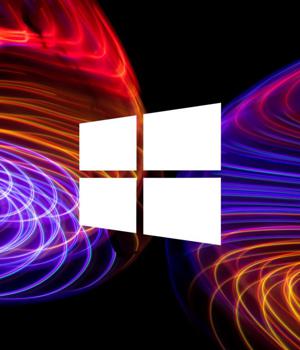Security News > 2021 > November > Malware now trying to exploit new Windows Installer zero-day

Malware creators have already started testing a proof-of-concept exploit targeting a new Microsoft Windows Installer zero-day publicly disclosed by security researcher Abdelhamid Naceri over the weekend.
On Sunday, Naceri published a working proof-of-concept exploit for this new zero-day, saying it works on all supported versions of Windows.
If successfully exploited, this bypass gives attackers SYSTEM privileges on up-to-date devices running the latest Windows releases, including Windows 10, Windows 11, and Windows Server 2022.
SYSTEM privileges are the highest user rights available to a Windows user and make it possible to perform any operating system command.
BleepingComputer has tested Naceri's exploit and used it to successfully open a command prompt with SYSTEM permissions from an account with low-level 'Standard' privileges.
"Any attempt to patch the binary directly will break windows installer. So you better wait and see how Microsoft will screw the patch again."
News URL
Related news
- EncryptHub Exploits Windows Zero-Day to Deploy Rhadamanthys and StealC Malware (source)
- FINALDRAFT Malware Exploits Microsoft Graph API for Espionage on Windows and Linux (source)
- APTs have been using zero-day Windows shortcut exploit for eight years (ZDI-CAN-25373) (source)
- Hackers exploit SimpleHelp RMM flaws to deploy Sliver malware (source)
- XE Hacker Group Exploits VeraCore Zero-Day to Deploy Persistent Web Shells (source)
- DragonRank Exploits IIS Servers with BadIIS Malware for SEO Fraud and Gambling Redirects (source)
- ⚡ THN Weekly Recap: Alerts on Zero-Day Exploits, AI Breaches, and Crypto Heists (source)
- Microsoft patches Windows Kernel zero-day exploited since 2023 (source)
- Unpatched Windows Zero-Day Flaw Exploited by 11 State-Sponsored Threat Groups Since 2017 (source)
- New Windows zero-day exploited by 11 state hacking groups since 2017 (source)